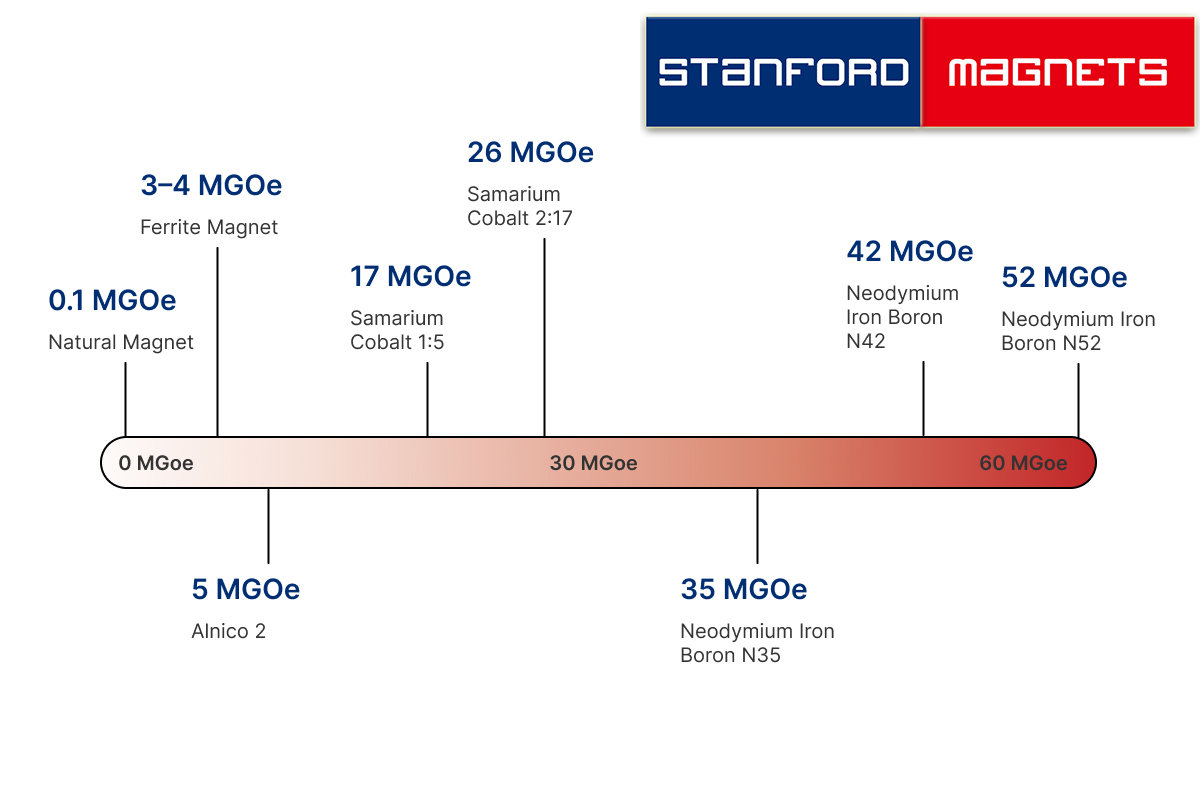France Has Developed Alternative Materials for Rare Earth Permanent Magnets
Rare-earth magnets are currently the most powerful permanent magnets. Since their introduction in the 1960s, they have become an indispensable material for light motors used in computer hard drives, power tools, and electric vehicles, and are widely used in electronics, machinery, and other industries. Recently, France has developed alternative materials for rare earth permanent magnets, which may have an impact on China's rare earth.
 France Has Developed Alternative Materials for Rare Earth Permanent Magnets
France Has Developed Alternative Materials for Rare Earth Permanent Magnets
Despite their name, rare earth elements are not as scarce as the name suggests. However, they are extremely unevenly distributed on the earth. At present, 36% of the reserves are in China, and China accounts for 90% of the global rare earth mine exports.
To protect the resources and environment and curb over-exploitation, China has started to control and restrict the export of rare earth ore since 2009. This caused strong dissatisfaction in the United States, Japan, Europe, and other countries, and some countries even filed lawsuits to the WTO.
Recently, the Laboratory of Physical Chemistry of Nano-Objects (LPCNO) in Toulouse, France, has developed a rare earth-free permanent magnet material by using cobalt nanorods instead of rare earth elements. The performance is close to a neodymium-based formula, which may have a certain impact on China's rare earth dominance.
The key to the abnormal magnetic strength of rare earth magnets is the microscopic anisotropy in their structural characteristics. The long and narrow crystals composing these materials exhibit obvious directional dependence on magnetism. It is the co-arrangement of the crystals in the manufacturing process that creates the powerful magnetic field of the large magnet.
Researchers align the cobalt nanorods in an external magnetic field in a similar way to building Lego bricks and compact them with cold high pressure to produce a macroscopic magnet. The cobalt hard magnetic materials made at present are not complete, and the cobalt ore is poisonous, and it faces considerable environmental problems in the extraction and production process.
Therefore, strong permanent magnets made of cobalt nanorods may only be suitable for small-scale applications in the field of microelectronics, and will not replace the needs of large-scale projects such as wind turbines and magnetic levitation systems, but can reduce dependence on China's rare earth mines.
Conclusion
Thank you for reading our article and we hope you've enjoyed it. If you want to learn more about rare earth permanent magnets, we would like to advise you to visit Stanford Magnets for more information.
As a leading magnet supplier across the world, Stanford Magnets has been involved in R&D, manufacturing, and sales of magnets since the 1990s. It provides customers with high-quality permanent magnets like SmCo magnets, neodymium magnets, AlNiCo magnets, and ferrite magnets (ceramic magnets) at a very competitive price.













.jpg)

